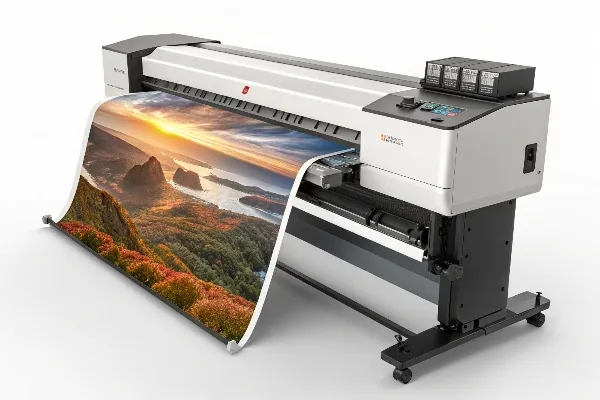Evite que sua consulta atrase a resposta, insira seu WhatsApp/WeChat/Skype junto com a mensagem, para que possamos contatá-lo o mais rápido possível
Responderemos em até 24 horas. Se for um caso urgente, adicione WhatsApp: +86 17864107808, ou WeChat: +86 17864107808. Ou ligue +86 17864107808 diretamente.
*Respeitamos sua confidencialidade e todas as informações são protegidas. Usaremos suas informações somente para responder à sua consulta e nunca enviaremos e-mails ou mensagens promocionais não solicitados.
Looking to upgrade your printing capabilities? Whether you’re in architecture, design, advertising, or textile production, choosing the right impressora de grande formato ou impressora de grande formato can drastically impact your productivity and output quality. This article will walk you through everything you need to know about the current market, technologies, applications, and top printer solutions available today.
UM impressora de grande formato (also known as a wide format printer) is a type of equipamento de impressão designed to produce prints that are much larger than traditional A4 or A3 printers. These printers are widely used in CAD drawings, signage, banners, and photography due to their alta resolução e wide printing capabilities.
Moderno impressão jato de tinta technology enables these printers to precisely apply tinta on a wide variety of substratos including paper, canvas, vinyl, and PVC. Whether you’re printing for technical designs or promotional materials, these printers offer both size and precision.
Wide format printing allows businesses to print visuals on a larger scale. The benefits include:
These printers are perfect for printing and cutting, impressão têxtil, e sinal e gráficos creation. The ability to imprimir diretamente on various materials makes them highly versatile.

Industries that benefit from impressão de grande formato incluir:
Each sector has specific needs for qualidade de impressão, velocidades de impressão, e processo de impressão adaptability.
Ambos impressoras jato de tinta e plotters are used for producing high-quality graphics. However, they differ in function:
While plotters still have a place in the market, most modern professionals prefer format inkjet printers for their speed and color accuracy.

Let’s compare some of the leading impressora brands:
Choosing the right brand depends on your specific necessidades de impressão e capacidades de impressão.
For têxtil e vestuário industries, print technology must be both vibrant and durable. Here’s how they compare:
These methods are vital for custom clothing, sportswear, and fashion. They offer impressive qualidade de impressão and wash durability.
Impressoras planas use a non-moving bed to print on rigid substrates. A Impressora plana UV adds LED UV technology to instantly cure the tinta, resulting in:
They are widely used by format printer companies producing wide range of products for indoor and outdoor use.

For sinalização e faixas, you need a printer with:
VersaObject CO-i Series e ValueJet are good options for high-volume sinal e gráficos impressão.
O impressora de grande formato market is projected to grow due to rising demand in impressão digital, retail branding, and apparel and textiles. Emerging technologies include:
Wide format printer manufacturers are investing in energy-efficient models and expanding printing systems capabilities to address global market needs.